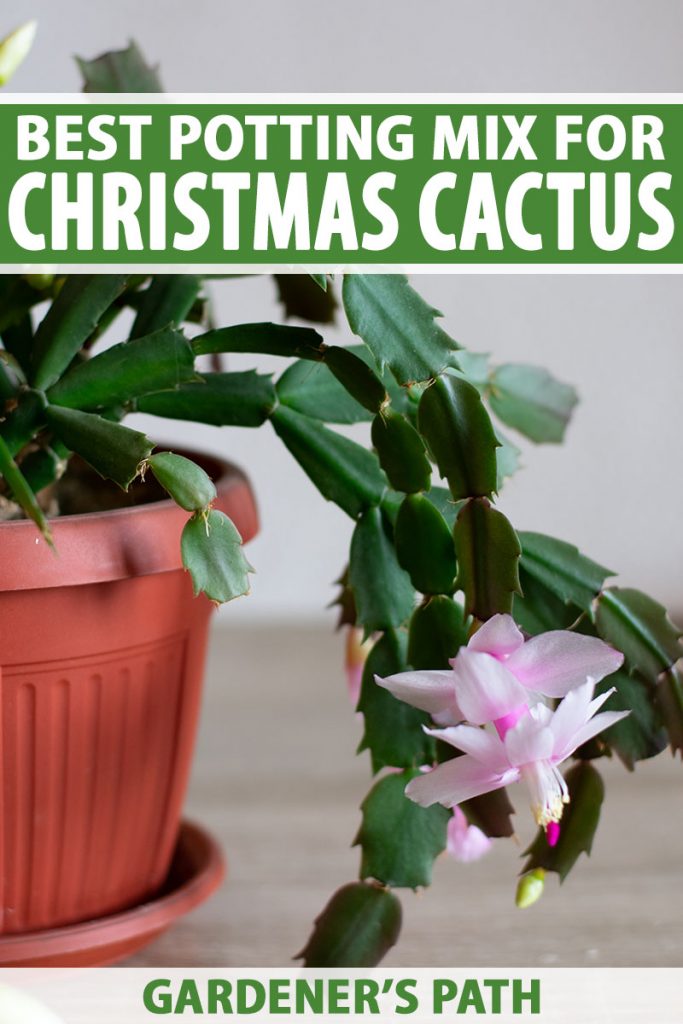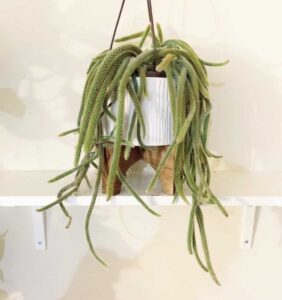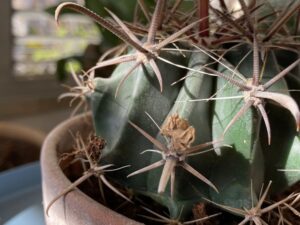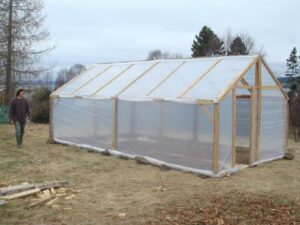Understanding the light requirements for your Christmas cactus is fundamental to ensuring its vibrant health and abundant blooms. Unlike many traditional cacti, the Christmas cactus—Schlumbergera—originates from the humid, tropical rainforests of Brazil. This unique background significantly influences its light needs. To cultivate a thriving Christmas cactus, one must consider factors such as light intensity, duration, quality, and the seasonal variations that impact its growth. This comprehensive examination will unravel the essentials of providing optimal lighting for this beloved holiday plant.
In the natural habitat of the Christmas cactus, light filters through the dense canopy of trees. This ambient lighting contrasts sharply with the harsh, direct sun exposure that many other cacti endure. Thus, the light requirements for a Christmas cactus revolve around providing bright, indirect sunlight. This section will delve into the nuances of how best to achieve suitable lighting conditions for your plant.
Essence of Indirect Light: Protecting the Leaves
When placing your Christmas cactus, the objective is to create an environment that mimics its native rainforest setting. Bright, indirect light is ideal, but what does this truly entail? One should aim for a location that receives plenty of natural light without exposing the plant to the harsh rays of direct sun. A south-facing window often provides the desired conditions, but be sure to shield the plant from strong midday sunlight, which could scorch its delicate leaves.
Should you notice the leaves developing a reddish tinge or drooping, it may be a sign of excessive direct light. Conversely, if the leaves appear pale or leggy, this could indicate that your cactus isn’t receiving enough light. Moving it closer to a light source or rotating it periodically can foster more balanced growth.
An additional consideration is the use of sheer curtains. They can diffuse sunlight, allowing the plant to bask in a gentler glow while still receiving sufficient illumination. This strategy effectively balances light intensity and protects the plant from potential damage.
The Role of Light Duration: Timing is Everything
In terms of duration, Christmas cacti thrive on approximately 12 to 16 hours of light daily during their active growth period, typically from spring to early summer. Light exposure alters their photoperiod—a critical factor in their blooming cycle. For instance, initiating a shorter day length around late fall (around 8 to 10 hours of light) is vital for promoting the bloom process. This mimics the natural light conditions of the plant’s indigenous environment during those months.
A common misconception is that holiday plants like the Christmas cactus require solely artificial light if grown indoors. While natural light is preferable, grow lights can be an effective alternative during darker months or in less-than-ideal lighting conditions. Full-spectrum LED grow lights can provide the necessary red and blue wavelengths that encourage Photosynthesis, thereby supporting robust growth.
Seasons of Change: Adapting to Natural Variability
The changing seasons pose significant influences on light availability. In winter, days are shorter and overcast weather can limit light penetration. During this time, it’s essential to maximize exposure without exposing the plant to cold drafts or direct temperatures that could impede its health. Consider positioning your cactus near a south-facing window or utilizing supplemental grow lights to mimic the vibrant spring and summer months.
As spring approaches, gradually increase exposure to sunlight, monitoring your cactus for any signs of stress. This adaptability reflects the natural cycles that your Christmas cactus would experience in its rainforest habitat. Be attuned to the environmental dynamics, as they guide your further care practices.
Pest Prevention: Watch for the Shadows
Providing appropriate lighting is not solely about growth; it’s also about safeguarding your cactus from potential pests and diseases that thrive in unsatisfactory conditions. Plants exposed to prolonged periods of inadequate light may become susceptible to issues such as root rot or mealybugs. To counteract this, it’s prudent to regularly inspect the leaves for any unusual blemishes or discoloration, which can signify pest infestations or environmental distress.
Maintaining air circulation around the plant is crucial as well. Occasionally rotating the cactus encourages even growth and prevents spindly, elongated branches that might result from reaching towards a light source. Ensuring the right light intensity, along with thoughtful attention to airflow, contributes to a pest-free and healthy plant.
In conclusion, the light requirements of the Christmas cactus cannot be overstated. With its need for bright, indirect light, suitable duration, and thoughtful adjustments reflecting seasonal changes, your plant can flourish beautifully. By creating the right conditions, you nurture not just the plant but also the joy it brings during the festive season and beyond. Properly understood and catered to, a Christmas cactus can be a stunning centerpiece, blooming magnificently year after year.




Leave a Comment